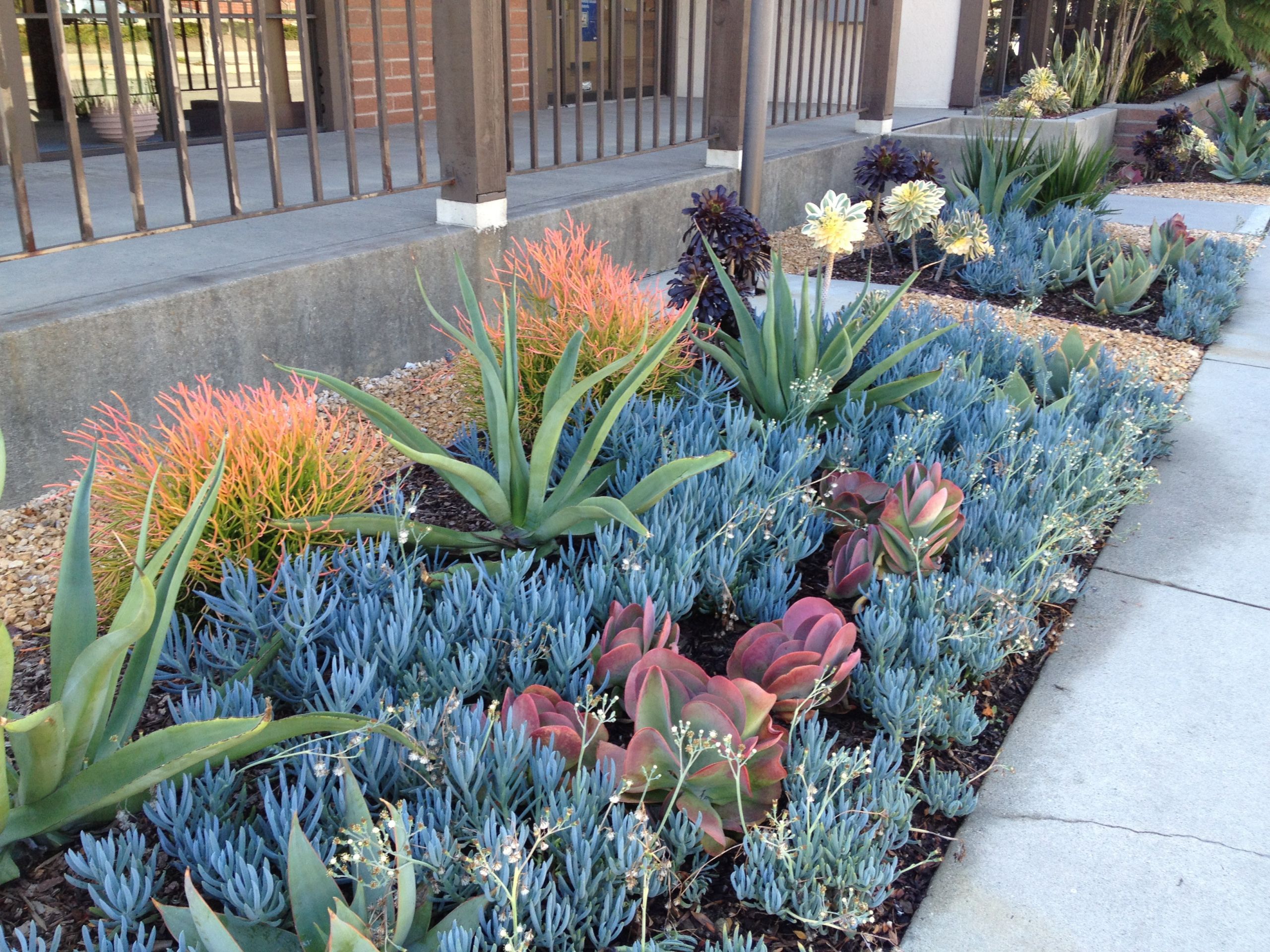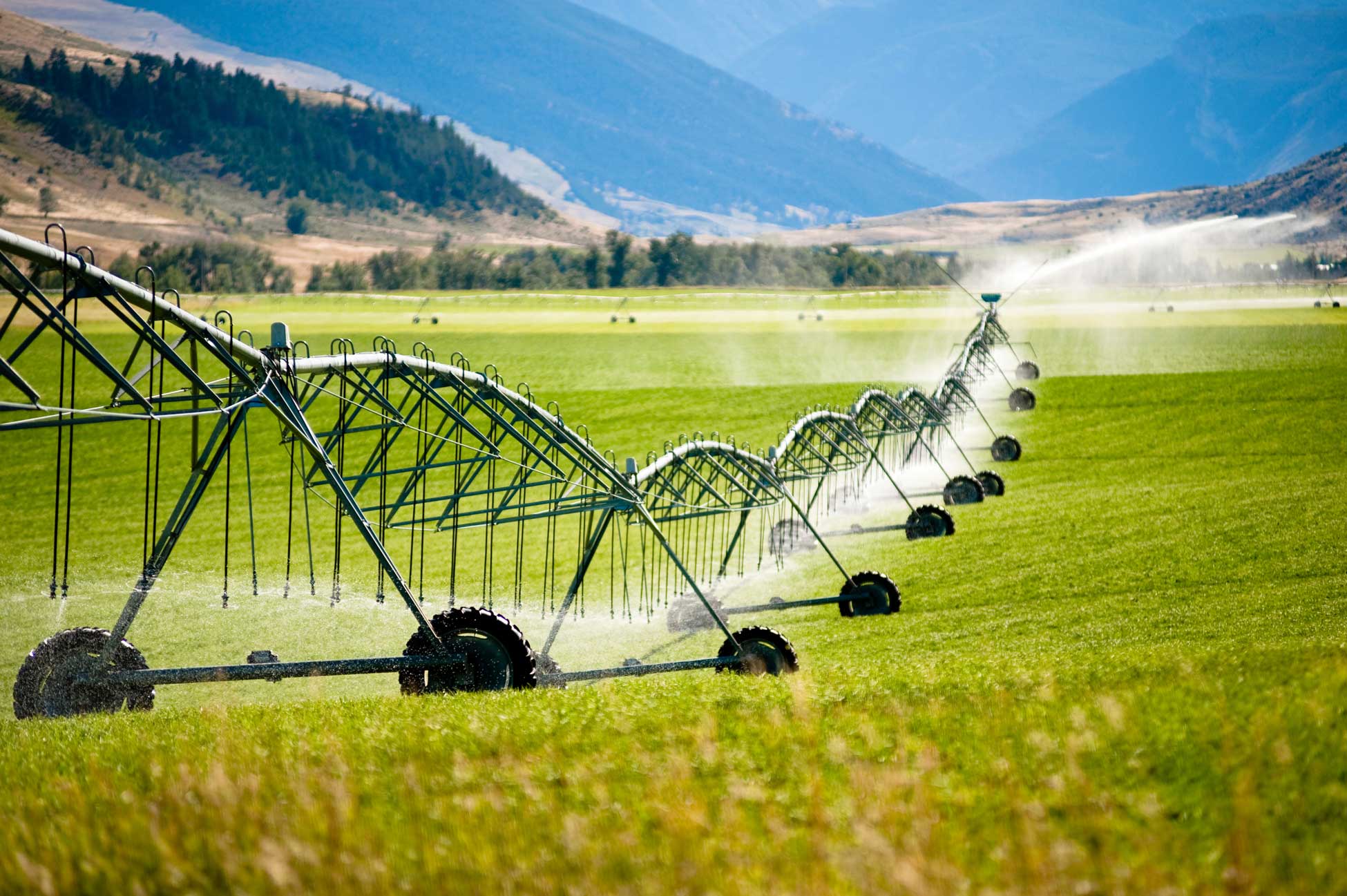Master Water-Efficient Garden Design Today

In the heart of a bustling city or the quietude of a rural landscape, one thing remains constant: the need for water. But what if you could create a lush, vibrant garden that thrives with minimal water? Imagine a garden that not only survives but flourishes during droughts, a sanctuary that is both beautiful and sustainable. Welcome to the world of water-efficient garden design. Today, we'll dive into the art and science of creating a garden that is as easy on the eyes as it is on the environment. Let's explore how to design a water-efficient garden that will make your neighbors green with envy—and your water bill green with savings.
Understanding Water-Efficient Gardening
Water-efficient gardening, often referred to as xeriscaping, is more than just a trend; it's a necessity in our water-scarce world. But what does it really mean? At its core, water-efficient gardening is about creating a landscape that requires minimal water beyond what nature provides. It's about working with the environment, not against it.
The Benefits of Water-Efficient Gardening
Why should you consider water-efficient gardening? For starters, it saves water, which is increasingly precious. But it also saves time and money. Less watering means less maintenance, and lower water bills mean more money in your pocket. Plus, a well-designed water-efficient garden can be just as stunning as a traditional one.
Planning Your Water-Efficient Garden
Before you dive into planting, it's crucial to plan. Think of your garden as a canvas; you need to sketch out your design before you start painting. Here are some key steps to get you started:
Assess Your Site
Start by understanding your garden's microclimates. Where does the sun shine the brightest? Where are the shady spots? Knowing your site's conditions will help you choose the right plants for the right places.
Choose Drought-Tolerant Plants
Drought-tolerant plants are the backbone of a water-efficient garden. These hardy heroes can thrive with minimal water. Think of them as the marathon runners of the plant world—they go the distance with less fuel.
Native Plants: The Local Champions
Native plants are a fantastic choice for water-efficient gardening. They're already adapted to your local climate, so they need less water and care. Plus, they support local wildlife, creating a thriving ecosystem in your backyard.
Ornamental Grasses and Succulents
Ornamental grasses and succulents are also great options. They add texture and interest to your garden while requiring minimal water. Succulents, in particular, are like nature's water tanks, storing water in their fleshy leaves.
Irrigation Systems: Smart Watering
Even the most drought-tolerant plants need some water. That's where smart irrigation systems come in. These systems deliver water precisely where and when it's needed, minimizing waste.
Drip Irrigation: The Gold Standard
Drip irrigation is the gold standard for water-efficient gardens. It delivers water directly to the roots, reducing evaporation and runoff. Think of it as a personal water delivery service for your plants.
Rainwater Harvesting: Nature's Gift
Rainwater harvesting is another key component of water-efficient gardening. By collecting and storing rainwater, you can reduce your reliance on municipal water supplies. It's like having your own private water reserve.
How to Set Up a Rainwater Harvesting System
Setting up a rainwater harvesting system is easier than you might think. You can start with something as simple as a rain barrel connected to your downspout. For more ambitious projects, consider installing an underground cistern.
Design Elements for a Water-Efficient Garden
A water-efficient garden isn't just about the plants; it's also about the design. Here are some elements to consider:
Mulch: The Unsung Hero
Mulch is a water-efficient garden's best friend. It helps retain soil moisture, suppresses weeds, and regulates soil temperature. Think of it as a cozy blanket for your plants.
Hardscaping: Functional Beauty
Hardscaping elements like patios, walkways, and walls can add functional beauty to your garden while reducing the amount of water-thirsty lawn. Plus, they create inviting spaces for you to enjoy your garden.
Groundcovers: The Living Carpet
Groundcovers are a great alternative to traditional lawns. They provide a lush, green carpet that requires far less water. Plus, they can help prevent soil erosion.
Maintaining Your Water-Efficient Garden
Once your garden is established, maintaining it is a breeze. Here are some tips to keep your garden looking its best:
Regular Pruning
Regular pruning helps keep your plants healthy and looking their best. It also encourages new growth and can help control the size and shape of your plants.
Soil Health
Healthy soil is the foundation of a healthy garden. Regularly test your soil and amend it as needed to ensure it has the nutrients your plants need.
Pest and Disease Management
Even the most water-efficient garden can fall prey to pests and diseases. Regularly inspect your plants and treat any issues promptly to keep your garden thriving.
Conclusion
Designing a water-efficient garden is more than just a project; it's an investment in your home, your community, and our planet. By choosing drought-tolerant plants, installing smart irrigation systems, and incorporating rainwater harvesting, you can create a garden that is as beautiful as it is sustainable. So, why wait? Start your journey to a water-efficient garden today. Click here to learn more about how to design a water-efficient garden and take the first step towards a greener, more sustainable future.
FAQs
What are the best drought-tolerant plants for a water-efficient garden? Some of the best drought-tolerant plants include lavender, rosemary, sedum, and yarrow. Native plants specific to your region are also excellent choices.
How do I set up a drip irrigation system? Setting up a drip irrigation system involves laying out a network of tubing and emitters that deliver water directly to the roots of your plants. You can find detailed guides and kits at your local garden center or online.
What is the benefit of using mulch in a water-efficient garden? Mulch helps retain soil moisture, suppresses weeds, and regulates soil temperature, making it an essential component of a water-efficient garden.
How can I incorporate hardscaping into my water-efficient garden design? Hardscaping elements like patios, walkways, and walls can add functional beauty to your garden while reducing the amount of water-thirsty lawn. They also create inviting spaces for you to enjoy your garden.
What are the steps to maintain a water-efficient garden? Maintaining a water-efficient garden involves regular pruning, ensuring soil health, and managing pests and diseases. These practices help keep your garden looking its best with minimal water use.


0 Response to "Master Water-Efficient Garden Design Today"
Post a Comment